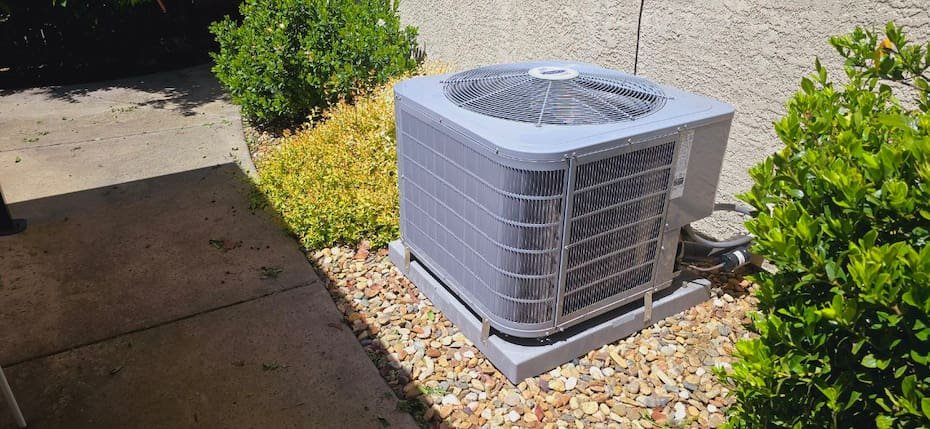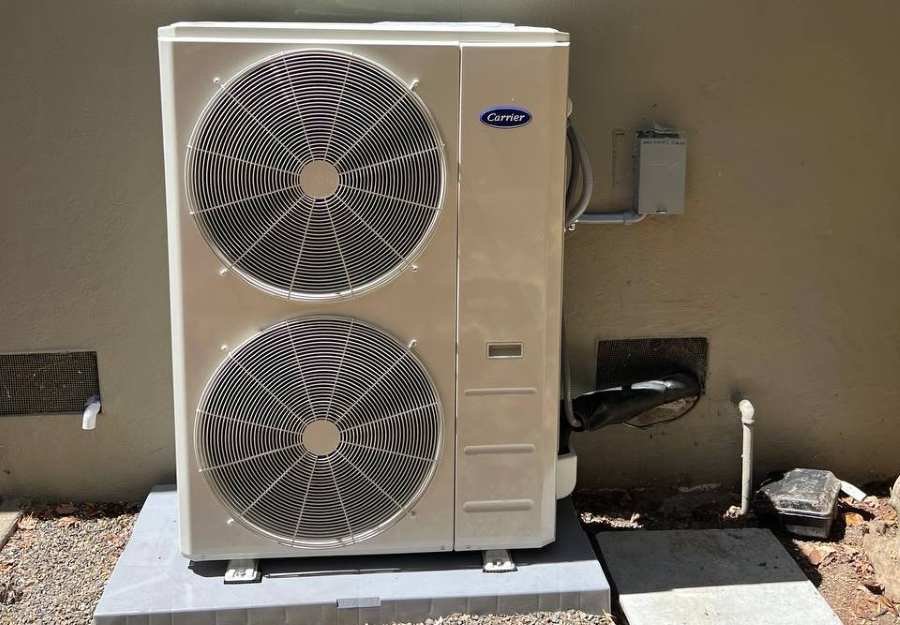Understanding Natural Gas Furnaces
Get down to the mechanics of your home’s natural gas furnace 🌡️
The natural gas furnace is one of the most common types of furnaces, and it is usually installed in home heating system selection due to its efficiency and effectiveness. An explanation of why such a natural gas furnace is likely your best choice for the family will entail a close look into the operation and significant systems of such a unit. That’s why our A Plus Heating & Air professionals have pulled together a guide on the working process of a natural gas furnace, detailing the insight that every process operates with.
Critical Components of a Natural Gas Furnace
A natural gas furnace includes several critical parts that work together to heat your home efficiently:
- Thermostat: The main control center signals when the furnace starts heating the house since the temperatures have gone down.
- Draft Hood/Fan: This will draw air towards the burners to start the combustion and heating.
- Burners: Metal pipes transport natural gas and warm the air passing over the burner’s openings at its tip.
- Heat Exchanger: The burners heat the series of metal tubes, thus heating the air inside the furnace.
- Blower: This device forces the air over the ducts of the heat exchanger to circulate your home after it has been heated.
- Flue: It passes the combustion gases out of it to ensure that only warmed, clean air is circulating the home.
Knowing these components will give you an idea about their respective role in heating your home.
How Does a Natural Gas Furnace Heat Your Home?
A natural gas furnace works through several steps to keep your home warm.
- Thermostat Activation: Heat from the furnace begins once the temperature in your house falls and the thermostat has sent the signal.
- Gas Ignition: It has a thermostat that opens a valve so that natural gas can reach the burners and ignite.
- Air Heating: The ignited burners heat the passing air through the heat exchanger.
- Air Circulation: The blower directs this heated air through your home’s ductwork, dispersing warmth evenly across rooms.
- Exhaust Filtration: The flue safely vents the combustion gases, thus keeping the air in your residence clean and safe.
This cycle repeats, maintaining the desired temperature set on your thermostat.
Troubleshooting and Maintenance
Recognizing the stages of furnace operation can help you identify potential issues, such as:
- Thermostat Problems: If your furnace isn’t working, always check your thermostat first; sometimes, a simple battery change can resolve the issue.
- Burner Issues: The gas flow or ignition system may need inspection if the furnace doesn’t ignite.
- Air Quality Concerns: Regularly check and maintain your furnace’s flue to ensure toxic gases are properly vented outside.
Choose A+ Heating and Air
When your furnace stops working or does not heat the house properly, it’s the perfect time for furnace repair or even to replace it. At A Plus Heating & Air, we offer a full array of gas furnace maintenance, repair, or installation services. We’ll be able to ensure that your home furnace operates at its maximum and that the inhabitants of your residence remain warm in your home so it’s safe. Call A Plus Heating & Air at (916) 838-3748 for reliable consultations, maintenance, or service appointments from professionals today. Our professionals ensure your furnace works to its full potential, giving you the most convenient, dependable, and efficient way of heating.


